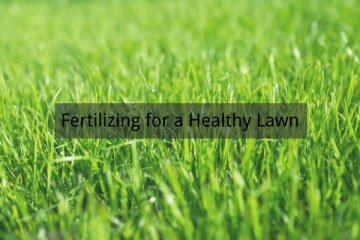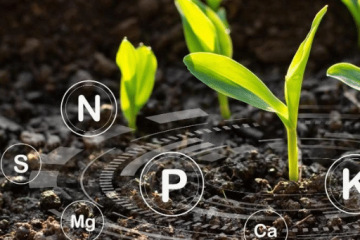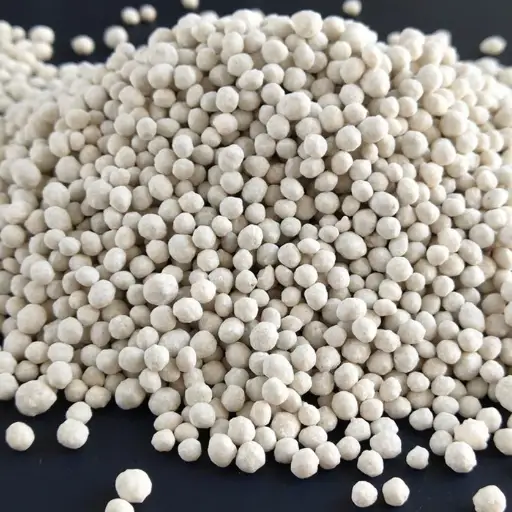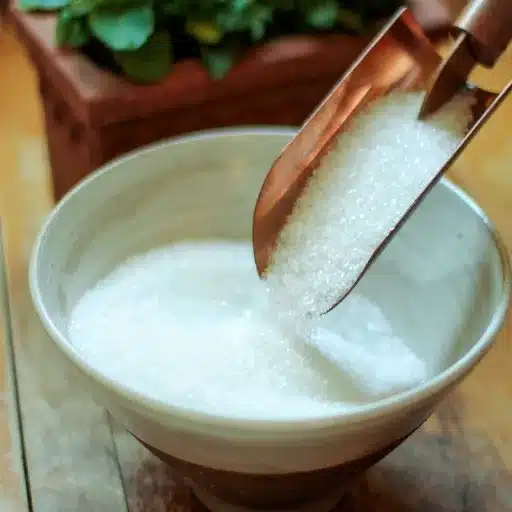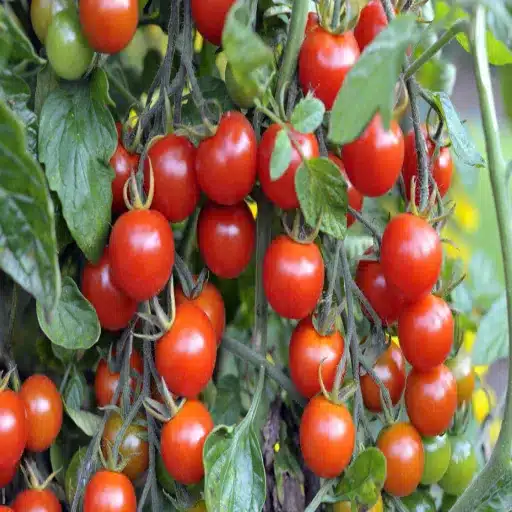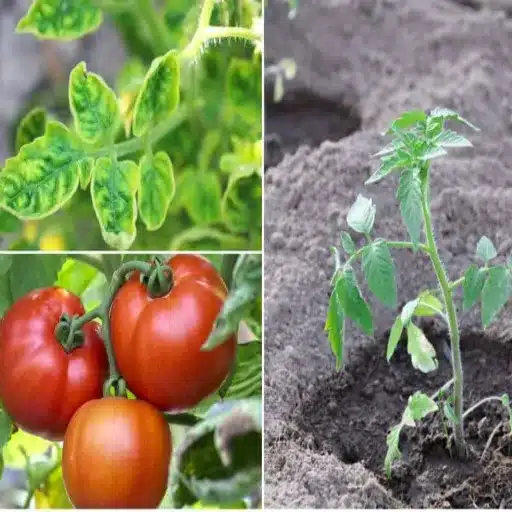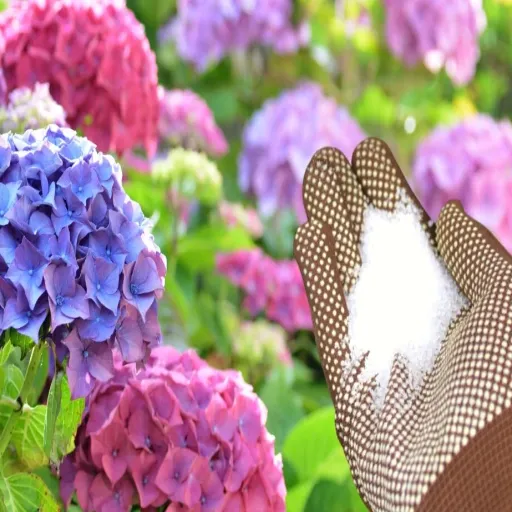Creating a lush, vibrant garden or a perfectly green lawn requires more than just watering and sunlight. Fertilizers play a crucial role in providing the nutrients plants and grass need to thrive, and one of the most effective options available is the 10-20-10 fertilizer. Whether you’re a seasoned gardener or just starting out, this comprehensive guide will walk you through everything you need to know about 10-20-10 fertilizer, helping you make informed decisions and achieve results you can be proud of.
Understanding 10-20-10 Fertilizer
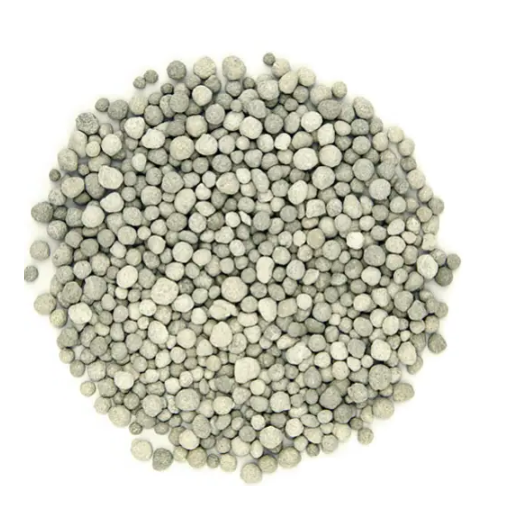
What is 10-20-10 Fertilizer?
The 10-20-10 fertilizer is a balanced fertilizer containing the three primary nutrients needed for plant growth—nitrogen (N), phosphorus (P), and potassium (K)—in the ratios of 10%, 20%, and 10%, respectively. These numbers indicate the percentage of each nutrient element contained by weight in the fertilizer.
Key Nutrient Breakdown:
- Nitrogen (10%): Promotes healthy green foliage and vegetative growth, essential for leafy plants and lawns
- Phosphorus (20%): Critical for root development, flowering, and fruiting processes
- Potassium (10%): Enhances plant disease resistance, stress tolerance, and overall plant health
Composition and Nutrient Ratios
The 10-20-10 fertilizer blend contains three major nutrients essential for plant growth:
- Nitrogen (10%): Promotes luxuriant green foliage by strengthening protein and chlorophyll synthesis, assisting in photosynthesis for healthy plant development
- Phosphorus (20%): Essential for strengthening root systems and developing flowers and fruits. Critical for energy transfer and storage within plants
- Potassium (10%): Improves plant resistance to diseases and environmental stress, regulates water uptake, and enhances fruit and flower quality
Benefits of Using 10-20-10 Fertilizer
Robust Root Growth
The high phosphorus concentration (20%) provides essential nutrients for strong, healthy root systems, perfect for root vegetables and flowering plants.
Abundant Flowering
Balanced nutrients promote bountiful flowers and lush fruits, with phosphorus enhancing flowering and potassium supporting fruit formation.
Disease Resistance
Potassium content improves drought resistance and disease tolerance by enhancing water uptake and strengthening cell walls.
Plant Versatility
Suitable for numerous plant types, including vegetables, flowers, and lawns, providing uniform results across different species.
How 10-20-10 Supports Plant Growth
Role of Each Nutrient
- Nitrogen (N): Enables vegetative growth and chlorophyll production for photosynthesis, keeping plants energetic and healthy with lush green coloration
- Phosphorus (P): Necessary for energy transfer and storage, essential during germination and early root establishment phases
- Potassium (K): Regulates water within plant cells, aids enzyme activation, and enhances resistance against diseases and adverse weather
Impact on Flowering and Fruiting Stages
Proven Results:
- Enhanced Flower Production: Roses treated with 10-20-10 show a 25% increase in flower quantity
- Improved Fruit Set: Tomato plants show a 30% increase in fruit set compared to unfertilized plants
- Better Fruit Size: Watermelons demonstrate approximately a 15% size increase
- Increased Sweetness: Apple trees show up to 10% increase in sugar content (Brix levels)
- Stronger Root Systems: 20% stronger root development during fruiting stages
Fertilizer Comparison Chart
| Fertilizer Type | N-P-K Ratio | Best For | Key Benefit | Application Timing |
|---|---|---|---|---|
| 10-20-10 | 10-20-10 | Flowers, Fruits | Root & Bloom Development | Early to Mid-Season |
| 20-10-20 | 20-10-20 | Balanced Growth | Potassium Boost | Mid-Season |
| 10-10-10 | 10-10-10 | General Use | All-Purpose Nutrition | Any Season |
Application Techniques for Different Plant Types
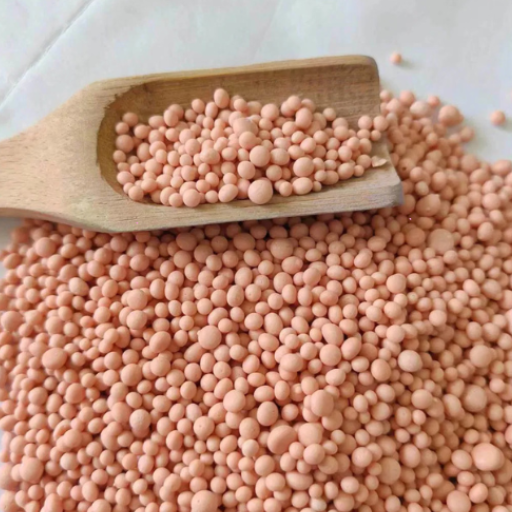
Using 10-20-10 Fertilizer for Vegetables
In vegetable gardening, 10-20-10 fertilizer excels at enhancing root strength and promoting flowering for healthy fruit development. The higher phosphorus content (20%) stimulates strong root systems, making it ideal for early plant establishment.
Application Guidelines:
- Initial Application: Apply 2-3 pounds per 100 square feet during planting
- Placement: Avoid direct contact with plant bases to prevent root burn
- Mid-season Care: Side-dress established plants to maintain soil nutrient levels
- Watering: Always water thoroughly after application for proper nutrient absorption
Application in Flower Gardens
10-20-10 fertilizer promotes vibrant blooms, strong root systems, and lush foliage in flower gardens. Follow these detailed steps for optimal results:
- Soil Preparation: Loosen soil around flower beds and clear weeds or debris that might compete for nutrients
- Measuring: Apply approximately 1 pound of fertilizer per 100 square feet of garden space
- Timing: Apply during planting for root development, with a second application mid-season for established gardens
- Distribution: Spread evenly, maintaining a 2-4 inch distance from plant bases
- Watering: Thoroughly water after application to dissolve fertilizer and deliver nutrients to the root zones
Best Practices for Lawn Fertilization
- Soil Testing: Conduct soil tests to identify deficiencies and pH levels before application
- Fertilizer Selection: Choose based on grass type and regional climate conditions
- Timing Applications:
- Cool-season grasses: Early spring and fall
- Warm-season grasses: Late spring to early summer
- Accurate Measurement: Use recommended rates and spreaders for uniform coverage
- Proper Watering: Water immediately after application, avoiding application before heavy rainfall
- Complete Maintenance: Combine with regular mowing, aeration, and weed control
Timing and Frequency of Application
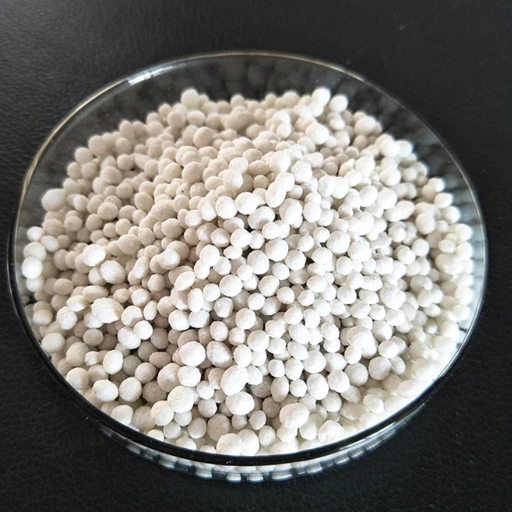
When to Apply 10-20-10 Fertilizer
Timing is crucial for maximizing the benefits of 10-20-10 fertilizer. This formulation is particularly effective for root development, flowering, and general plant vigor.
Optimal Application Times:
- Lawns: Early spring (post-winter dormancy) and late summer/early fall
- Gardens: Before planting new seeds or transplants
- Weather Considerations: Apply to slightly damp soil, avoid heavy rain periods
- Soil Testing: Always conduct soil tests to determine specific nutrient needs
Seasonal Considerations for Different Plants
- Spring: Active fertilizing and pruning to stimulate robust growth as plants emerge from dormancy
- Summer: Maintain regular watering schedules, monitor for pests, apply mulch for moisture retention
- Fall: Apply compost, plant spring-blooming bulbs, trim perennials for winter preparation
- Winter: Protect sensitive plants with coverings or move indoors, prepare for the next growing season
Signs of Nutrient Deficiency and Over-Fertilization
Nutrient Deficiency Symptoms:
- Nitrogen Deficiency: Pale leaves, weak stems
- Phosphorus Deficiency: Purple leaf discoloration, limited root growth
- Potassium Deficiency: Brown scorched leaf edges, curled leaves
Over-Fertilization Warning Signs:
- Burned leaf edges
- Excessive salt deposits on the soil surface
- Weak but lush growth
- Reduced flowering or fruit production
- Environmental concerns from nutrient runoff
Storage and Safety Tips
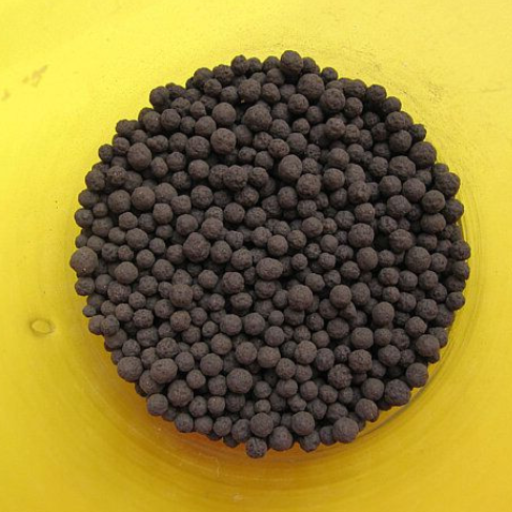
How to Store 10-20-10 Fertilizer Properly
- Original Containers: Keep fertilizer in labeled, original packaging
- Storage Location: Cool, dry place away from direct sunlight and moisture
- Seal Integrity: Maintain tight seals to prevent air contamination
- Safety Access: Store away from children and pets in locked cabinets
- Separation: Keep away from combustible materials and heat sources
- Regular Inspection: Check containers for damage, leaks, or deterioration
Safety Precautions When Handling Fertilizer
- Personal Protection: Wear gloves, goggles, and masks during application
- Ventilation: Work in well-ventilated, open areas
- Hand Hygiene: Wash hands thoroughly with soap after handling
- Chemical Awareness: Never mix with incompatible substances (gasoline, diesel, flammable materials)
- Spill Management: Clean spills immediately, dispose of according to local guidelines
- Application Guidelines: Follow manufacturer’s instructions for dosage and methods
- Environmental Protection: Avoid application near water sources, wells, or sensitive areas
Frequently Asked Questions (FAQ)
References
- Texas A&M AgriLife Extension Service – Fertilizing a Garden: Provides guidance on garden soil fertilization, including 10-20-10 applications
- Rutgers University Extension – Soil Fertility – Horse Pasture Management: Details fertilizer composition and application methods
- West Virginia University Extension – A Consumer’s Guide to Understanding Fertilizers: Comprehensive guide to fertilizer formulas, including 10-20-10
Ready to transform your garden? Start using 10-20-10 fertilizer today and watch your plants thrive with stronger roots, vibrant blooms, and healthier growth!

